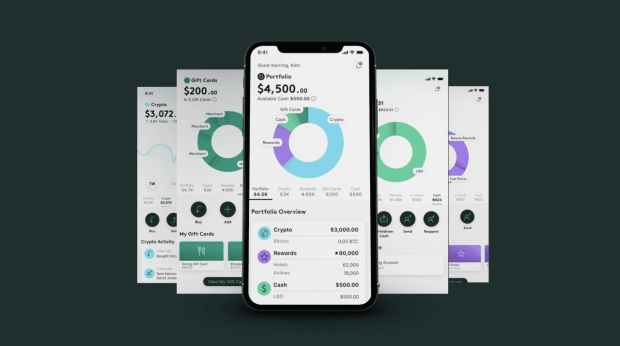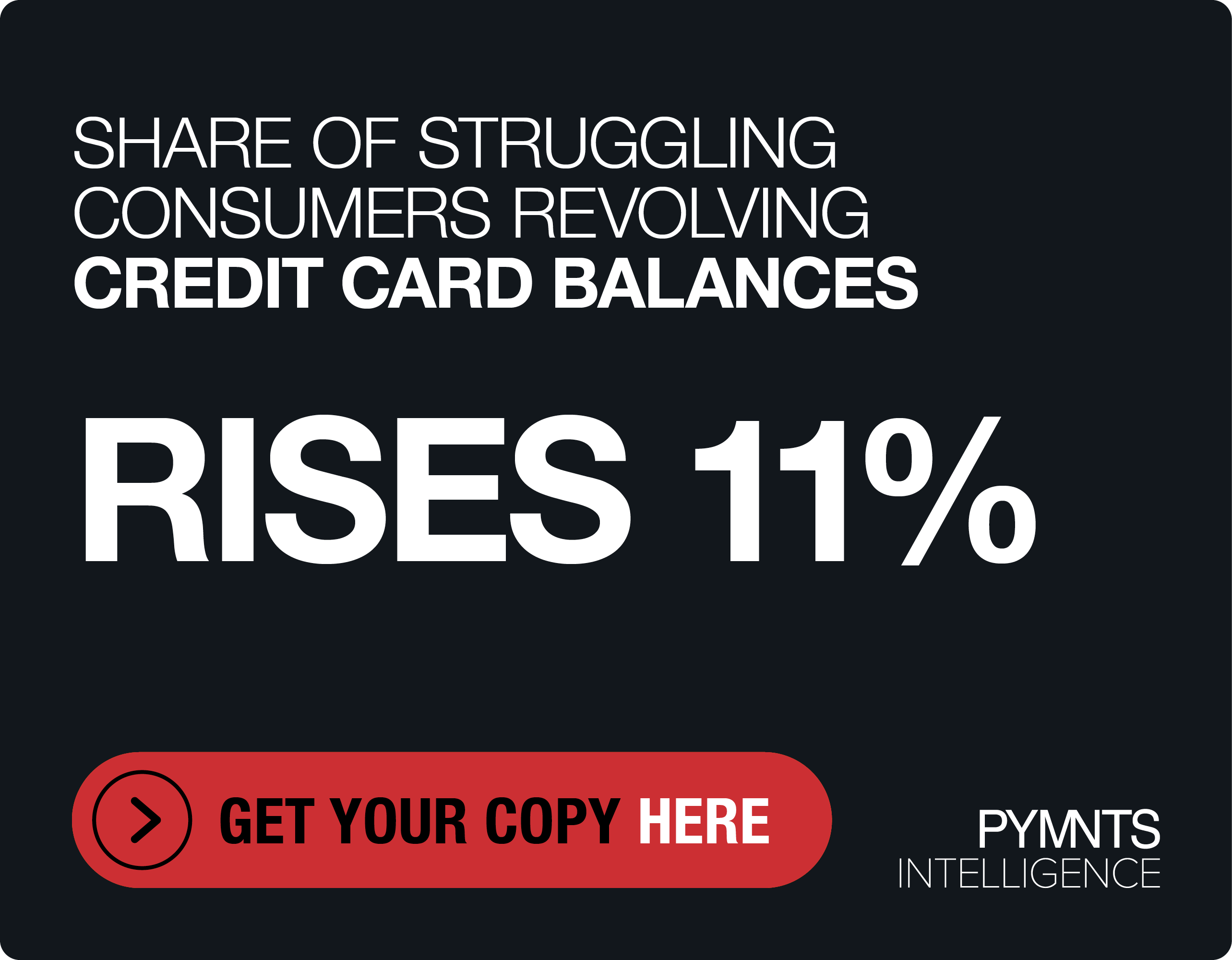Bakkt’s Plan to Grow Its Digital Asset Network From 100K Active Users to 32 Million In Five Years

Unused gift cards sit idly in a drawer.
The 333 rewards points a consumer accrued with a niche retailer will likely stay unredeemed because it’s a retailer that consumer shops infrequently — and the value of the points isn’t a great enough incentive to motivate a consumer to shop there more.
And then there are the thousands of airline miles and hotel points that have been frozen, largely unspendable and without value to the consumer.
Newly listed digital asset network Bakkt CEO Gavin Michael told Karen Webster that the digital age has brought with it a way to break the rigidity of loyalty programs — leveraging the platform model to deliver rewards and liquidity to consumers anywhere they shop.
Along the way, a connected economy of a different sort is forged, where brands that have an affinity with one another can, in Michael’s telling, come together to create multi-brand loyalty propositions.
Going Public, Striking Partnerships
It’s been a heady month of headlines for the company, which was founded in 2018 and public this month. The company’s platform allows consumers to leverage the Bakkt app to manage and spend assets spanning cryptocurrencies to rewards points, to gift cards across an ecosystem of brands.
At a high level, consumers can convert digital assets to cash as they desire (for example), send gift cards, crypto or cash to other individuals, or redeem airline miles for electronics.
In recent announcements, the company said it would partner with Finastra to enable crypto trading for community banks and credit unions. The company also said that through a partnership with Google, Bakkt users could add their virtual Bakkt debit card into Google Pay to transact anywhere Google Pay is accepted. Digital assets like bitcoin would be converted to fiat currency to enable these payments.
Read also: Bakkt/Google Partnership Enables Widespread Access to Digital Assets
Today, Michael said its ambition is to expand its network beyond the roughly 100,000 users seen at the beginning of the year to a target of 31 million by 2025 (as detailed in its investor presentation) — and beyond. Michael said that network effects materialize when consumers can “spend, send, buy, and sell these assets” interchangeably.
For the brands, value-add lies in the interchangeability and fluidity of the rewards. Bakkt’s “white label” functionality allows brands and banks to cement customer loyalty by letting them redeem pretty much anywhere. This bucks the conventional, siloed approach where the loyalty points traditionally were created and offered to get an individual to redeem them at (only) the issuing merchant. The fungibility gives rise to a connected ecosystem, said Michael.
“Many merchants are now looking to become relevant early in the shopping experience and help them broaden their ‘funnels’ because growth is a primary objective,” said Michael. Getting consumers to utilize the rewards programs more actively allows merchants to re-engage with their rewards members.
Merchants can “bring their brand to life in the consumer’s day-to-day life and providing them with more moments to recognize that their brand loyalty is working for them,” said Michael. In terms of the numbers, the firm said at the end of last month that it reached a milestone of 1 billion points and miles being linked to its app by users since the company launched the app in March.
Read more: Crypto Marketplace Bakkt App Users Connect 1B Loyalty Points, Miles
PYMNTS’ research bears out the sentiment that consumers want to use crypto to transact, as 18% of consumers say they’d be likely to use crypto to make a purchase.
See more: How Consumers Want To Use Crypto To Shop And Pay in 2021 And After
As discussed in these digital pages in recent months, the company’s B2B2C model enables Bakkt’s platform to be made available in its partners’ platforms and channels. With a nod to the Finastra deal, he said Bakkt is simply powering the transactions through connectivity via an application programming interface (API), and as a platform, has “removed any concept of brand conflict.”
The platform, he said, “allows us to show up in so many different ways. We can show up as a branded experience, right through to a minimally branded experience. We want our partners to be successful. We’re not trying to create a rival brand.”
For the merchants, he said, there’s the opportunity for a merchant to re-engage with the consumer. The merchant gets full attribution as to where the points are going and gets more data around the customers — and how those individuals are also engaging with other brands.
Research, he said, shows that 70% of consumers believe that being able to convert points to cash or another digital asset is a “must have.”
Verticals that have been early adopters of the platform model and the fluid rewards programs, said Michael, include travel and entertainment brands looking to add value to their customer engagement.
“We think there’s a number of adjacent sectors where when you think about gamification and you think about encouraging the right behaviors and customers” as enterprises move beyond classic rewards and cash back, said Michael.
With the digital asset marketplace, brands can become “creative and contemporary” with rewards, he told Webster.
